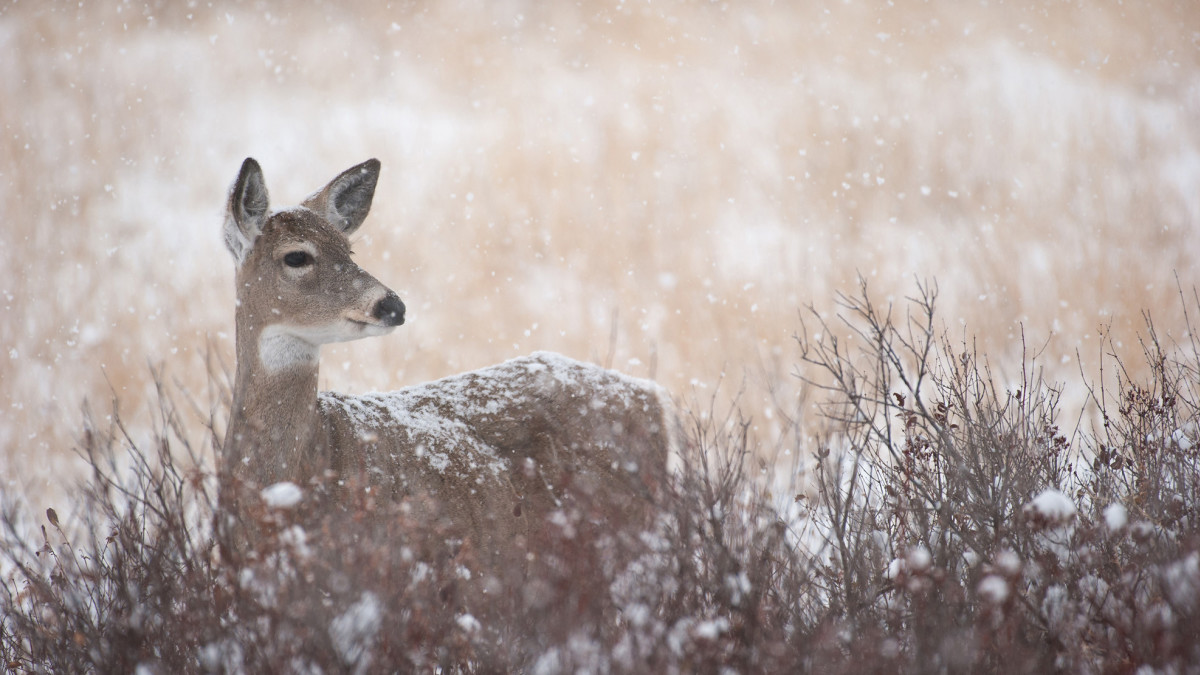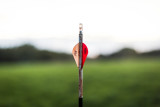
Should you shoot does after the rut? It’s a question I see debated on social media regularly this time of year and it’s something I’ve pondered myself.
Having thoroughly examined the pros and cons, as well as my own specific circumstances, I’ve always answered with a definitive yes. If the doe population needs to be reduced, the best time to do it is whenever you possibly can, as long as it gets done. For that reason, I’m a frequent late season doe hunter.
My doe hunting is most often done late in the year because it takes place on the same small property that I’m also trying to hunt a mature buck. In this specific situation, any kind of obvious hunter intrusion (such as shooting and tracking a doe) can turn a mature buck nocturnal. Because of this, I typically try to fill my buck tag over the first two months of the season and then shift to doe management over the final month.
This is the best way I’ve found to have a chance at a mature buck and still be able to hunt does. But is this late season doe strategy flawed?
Despite having strong opinions of my own, I wanted to confirm my assumptions with an expert in deer herd management. Matt Ross, a wildlife biologist and the Quality Deer Management Association’s assistant director of conservation, affirmed exactly what I’d been thinking. If the property you hunt is in need of a doe harvest, it ultimately doesn’t matter when you do it.
Common Arguments Against It
A frequent push back on late season doe harvest is that does at this point of the year have already been bred, and that by shooting a doe you are actually killing two or three deer instead of just one.
This might be true, but it would still be the case regardless if you shot that doe in October or December. Either way, that deer and whatever future fawns she might have produced will not be present in the herd. Ross explained to me that state management agencies take all of this into account when planning tag allocations, including late season harvest. There is no need to worry about the herd productivity implications of killing does that have already been bred.
Another frequently expressed concern is that by killing a doe after the rut, you might remove the genetics of a buck who bred that deer, which you might otherwise have liked to see propagated. This is a situation I’ve considered myself this year, as a uniquely impressive buck called one of my main hunting properties home and definitely bred several does.
It seems like it would be nice to have those genetics passed on and carried into future years. According to Ross, regardless of what does were bred and despite all harvest decisions we make thereafter, we cannot influence genetics in free-ranging deer herds. There are simply too many variables that impact genetic expression of characteristics such as antler size. Whether I kill a few does this winter won’t change herd genetics.
Late Season Challenges
With that said, there are certainly some challenges with late season doe hunting. For example, by the time the late season rolls around, deer have been hunted for months on end. These are high-strung deer, meaning that in many cases they’ll be harder to find.
Another issue is that it can be harder to identify fawns and button bucks at this time of year. The same can be said for bucks that shed early, causing them to be mistaken for does. For all these reasons, if you plan to hunt late season does, a level of extra care is incumbent.
Late season deer hunting is a slightly more difficult endeavor but certainly not one we need to shy away from. I, for one, will be heading to the field frequently over the next few weeks in search of a final doe for the freezer. If your hunting area’s management objectives call for the harvest of more does, you might want to lend a hand.





Conversation